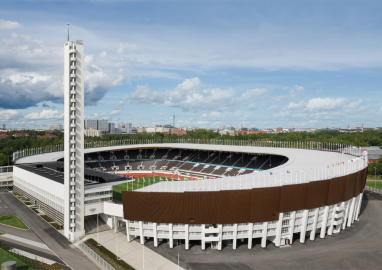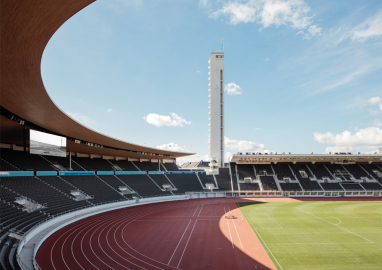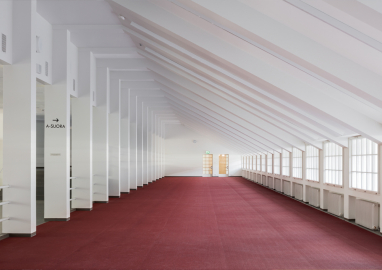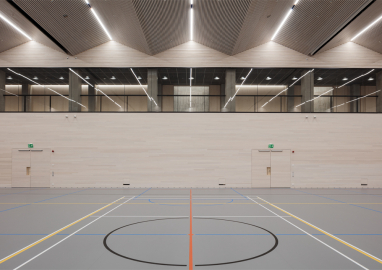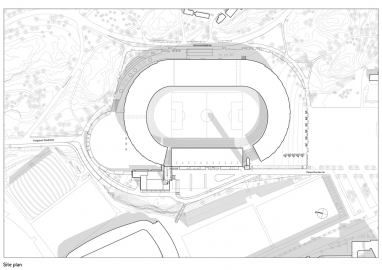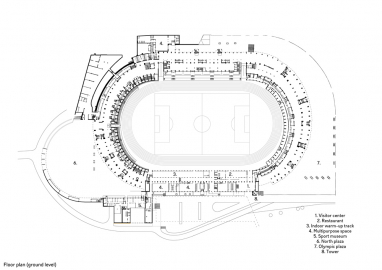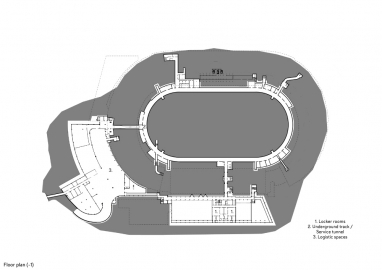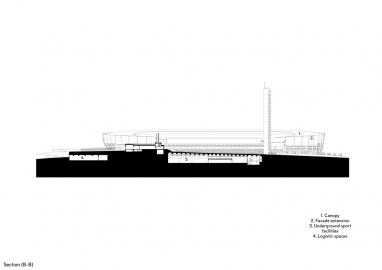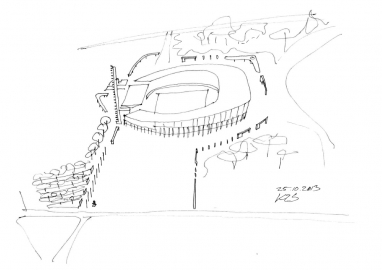Helsinki Olympic Stadium Refurbishment and Extension
Helsinki Olympic Stadium is a national monument, a crown jewel of functionalistic reinforced concrete architecture in Finland. The key objective of the project was to ensure that the conservation and revitalizing of the stadium preserves the cultural values of the heritage as well as responds to all future requirements of international sport events.
Helsinki Olympic Stadium is a building with significant national value. It is a combination of the pure functionalist architecture of the 1930s and the external appearance of the 1952 Helsinki Olympics. The stadium is a result of an open architectural competition held in the 1930s, won by architects Yrjö Lindegren and Toivo Jäntti. For many Finns, the stadium symbolizes the dawn of a new era for the young nation. The stadium is located between the early 20th century urban fabric and the evergreen pine forest on a hill with only a few urban interventions since the 1950s. During its lifespan, the stadium had undergone several changes and extensions creating valuable historic layers, but on the other hand, the original pureness of the architecture had blurred.
In order to preserve the iconic form and respect the previous historic architectural layers of the stadium, the functions that did not easily fit the existing building frame were placed underground. The underground extension includes new multipurpose premises, sports facilities, logistical spaces, technical spaces and an indoor running track. In addition to the underground extensions the stadium had to undergo changes to improve public safety and comfort. New entrances to the stands and the public galleries under the structures ensure the free flow for the public during the events. A new canopy covers the stands almost entirely. The old bench rows were replaced with new individual seats meeting the UEFA standards. The conservation respected and preserved the original 1930s and 1950s architecture.
The stadium would have been at the end of its service life by 2020 if no improvements had been made. The key issue was to understand how to make the historical stadium meet future requirements while also preserving the valuable architectural heritage. The project had a wide range of stake holders and interest groups. We organized workshops to find out the core future needs of the stadium. This exercise of defining “the evolving functionality” was executed in six stages evolving each round.
The project partners agreed on the theoretical framework; the best way to preserve the architectural heritage was to keep the building in use. A toolset of methodological analyses was applied to understand the potential functional needs. Transformation guidelines were formulated based on the historic building surveys. Three categories were defined: limited, mixed and high transformation potential. We came up with four architectural approaches: preservation and conservation, preserved areas with new interventions and additions, reinstatement and new construction.
The conservation saved as much of the old as possible, using original materials and building methods. The plastered facades and the concrete structures with the brickwork were restored to their original appearance. Utilitarian expression was set as the architectural approach for the new premises in order to relate to the material and structural expression of the stadium. The palette included rough exposed in situ concrete, thick rubber mat, steel and wood. The new multipurpose halls were clad in tinted white wood as a “mirror image” of the white painted concrete textures in the existing stadium premises. The longitudinal corridor connecting the new underground premises has a repetitive character formed by the continuous rhythm of concrete columns framing rectangular wooden niches. Three of these niches open towards the grandstand as lightwells to give a sense of orientation. The color palette was kept in monochrome tones with wood as the distinctive color in the underground premises. All the materials used in the project are directly attached to the history of the stadium and are timeless and durable. Together they form the new refurbished Helsinki Olympic Stadium.


